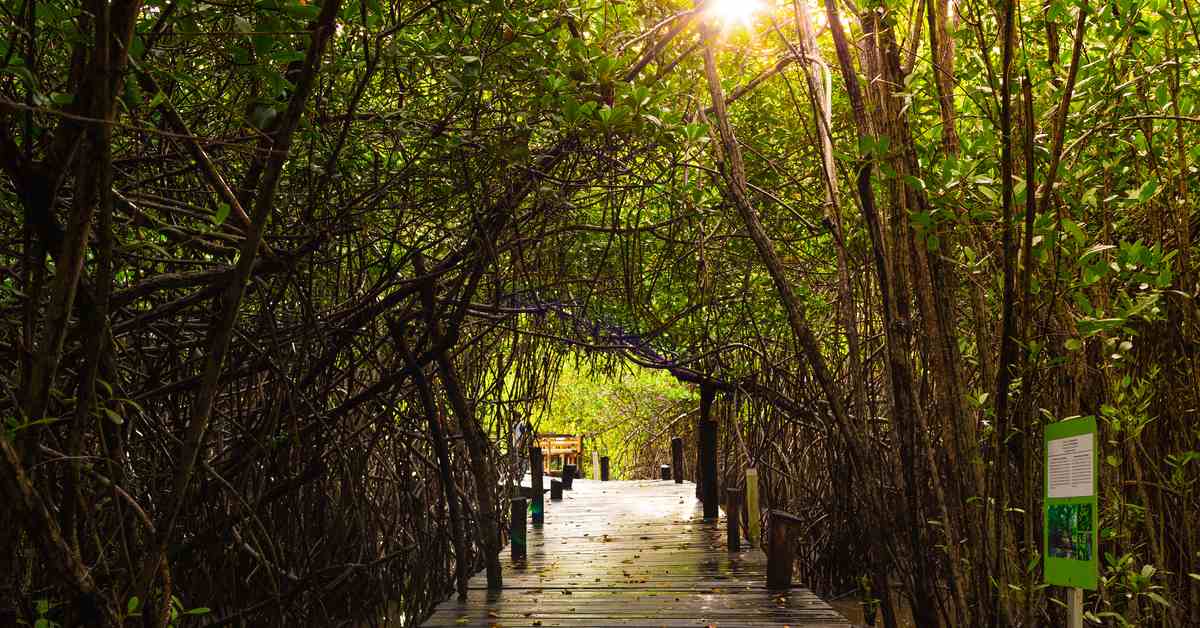
“El Salado” Estuary, a Lung of Vallarta

By Paco Morás
April 14, 2022
Puerto Vallarta features a large diversity of natural resources. A clear example is El Salado Estuary, with its 417 acres, of which around 333 are mangrove.
A wrong idea many inhabitants of Vallarta have is that the estuary is a dirty place, muddy, dangerous and a mosquito farm. This happens only we don’t properly maintain it and watch it. But the truth is that if we didn’t have the estuary, a lot of our food would have toxic waste. El Salado is a bio-filter where these pollutants are separated. Meanwhile, it protects the town from flooding and other natural phenomena. It is also a space for fish and other species breeding.
This space has several awards, two of them given by Ecoindex (Rainforest Alliance) at Latin America level. They were thanks to its project “Aventúrate por El Salado” (Adventure through El Salado). They featurey the best monitoring techniques for identification and decreasing of affectations by the visitors.
This project is an ecotour where visitors receive an ample explanation of the mangrove ecosystem and its species. The idea is to encourage people to be in touch in a dynamic and safe manner. This tour happens from Tuesday to Friday between 9 am and 3 pm and Saturdays between 9 am and 1 pm.
You may also like: Meet the reptile house in Vallarta
In the words of director Jaime Torres, participating in the care of the area “is the opportunity to show that we can keep preserving the natural resources specifically within cities or housing developments for research, training and development in these areas, it is a new chance for everyone”.
The estuary is a water ecosystem under the category of ecological preserve zone. We are fortunate to have it in our town as it is unique in Mexico. “El Salado” represents Jalisco and Mexico worldwide in the International Wetlands Network and the Ramsar Convention.

Workers have two main objectives. One is to take care of the species and maintain the natural balance of the ecosystem. The second is to create a link with the population of Puerto Vallarta. It seeks to invite locals and visitors to get involved in the activities to assure the preservation of the flora and fauna in the long run.
El Salado” Estuary has 167 bird species; some are seasonal visitors and some other are permanent dwellers.
The UNAM employees are the ones in charge of locating the nesting areas in order to monitor and understand their movements.
Another species requiring special attention is the stone crab, locally known as “cajo”. Cajo is consumed as food by the people in town.
Its main issue is the estuary location, which is a micro basin in the low part of Vallarta. This location makes it the final destination of the leachates coming from the high areas of town.
Monitoring the crabs is important as they feed from the soil, which is where heavy metals poisonous for humans sediment.
More Things To Do
------ADVERTISEMENT------
------ADVERTISEMENT------
------ADVERTISEMENT------
------ADVERTISEMENT------


